When you’re new to golf, it’s easy to get overwhelmed by club options. Before you worry about which brand to buy, focus on understanding the different types of golf clubs and what each one is designed to do. Whether you’re piecing together your first set or just trying to figure out why there are four different wedges in someone’s bag, this guide will walk you through it all.
Driver
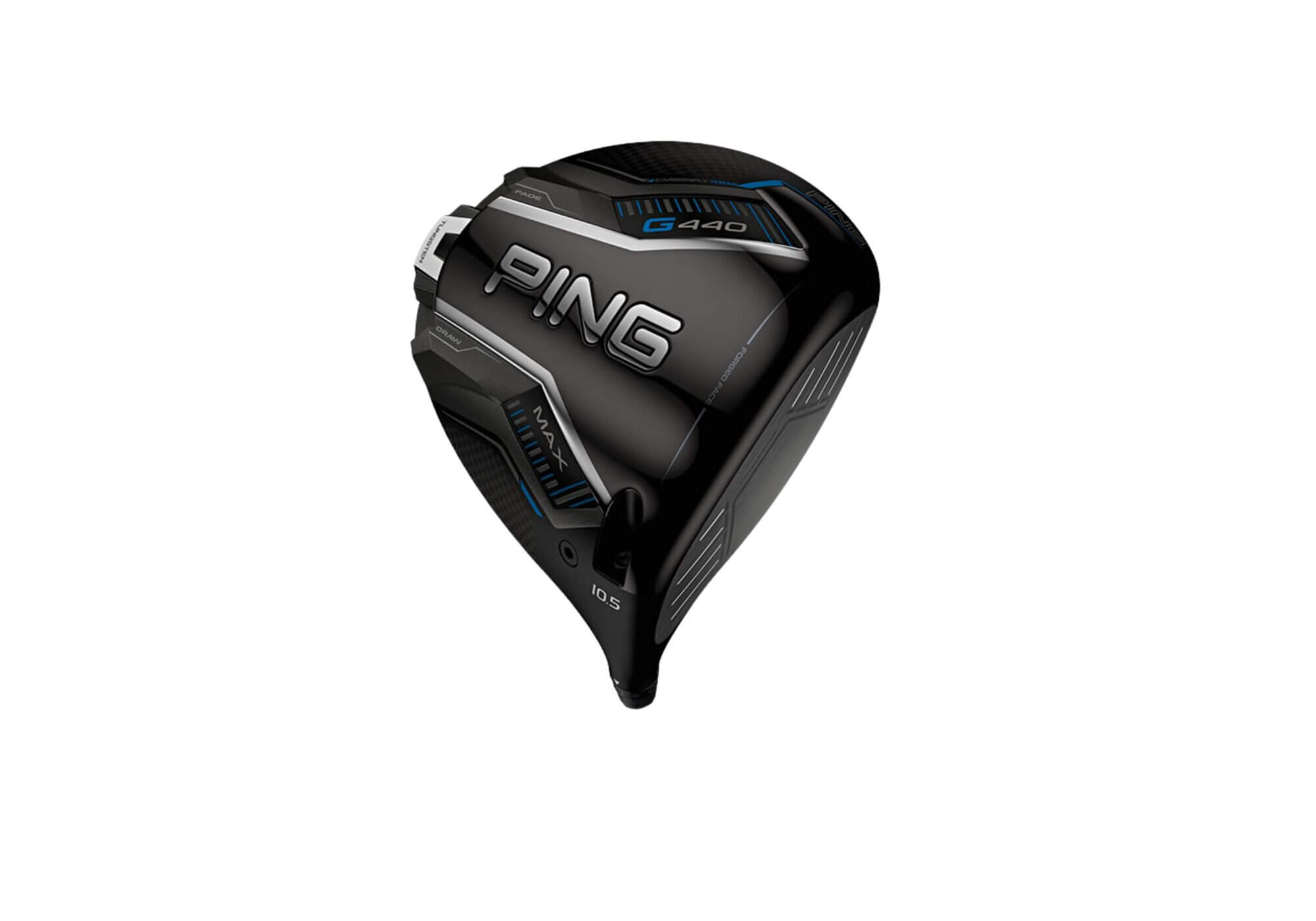
The driver is the longest club in the bag with the largest head. It’s for hitting the ball off the tee and is typically used on longer holes, such as par-4s and par-5s. Most drivers are 440 to 460cc in volume and feature a graphite shaft.
The loft of most drivers is between nine and 12 degrees.
- Key trait: Maximum distance.
Fairway wood
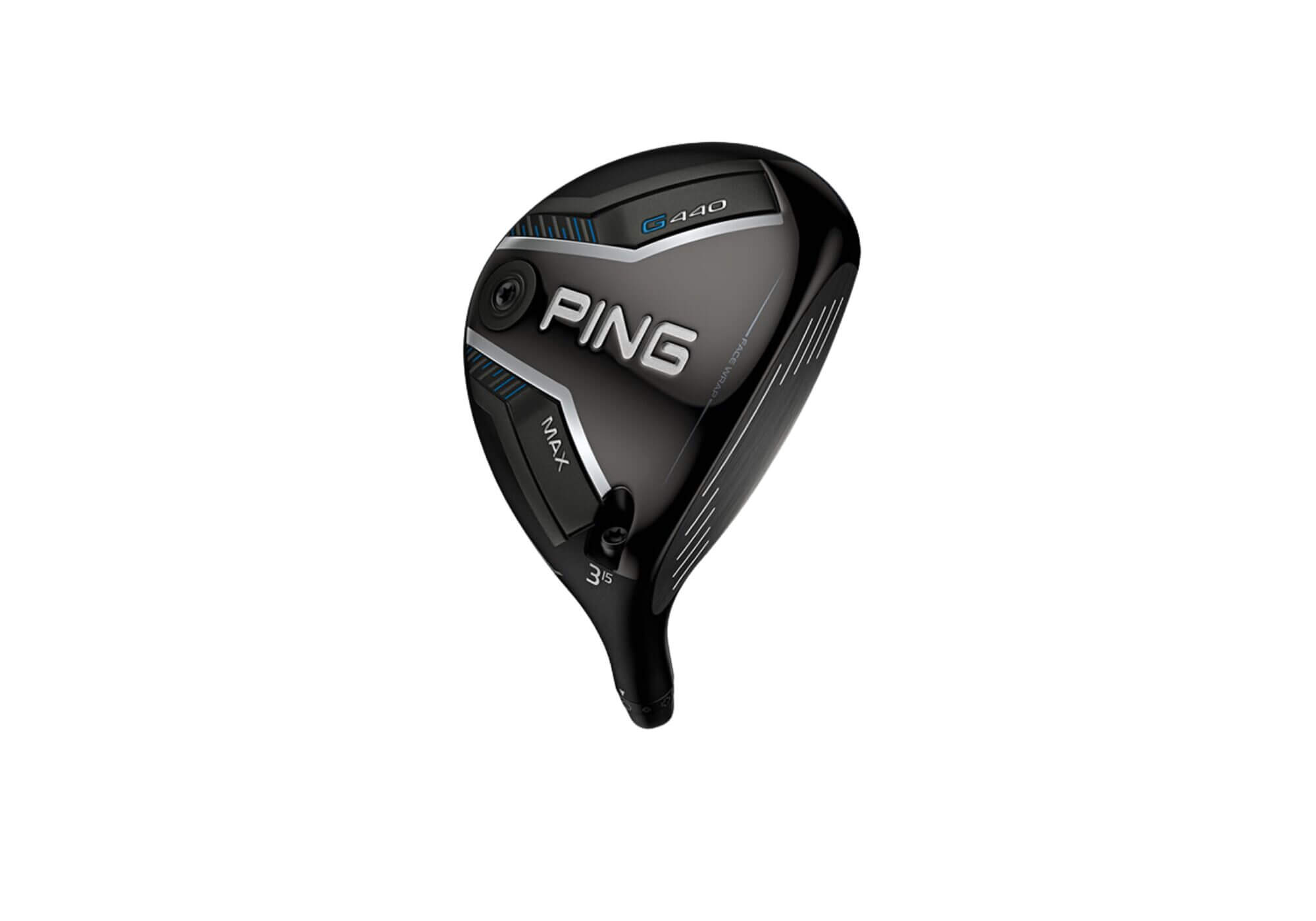
The fairway wood looks like a smaller version of a driver. It’s designed to be hit off the turf or off the tee. Most golfers use the fairway wood for long approach shots and sometimes as a replacement for a driver when they can’t hit the ball straight.
Fairway woods come in a variety of lofts but the most common are the 7-, 5- and 3-wood models.
- Key trait: Versatility from both tee and ground. Easier to launch than a driver.
Hybrid
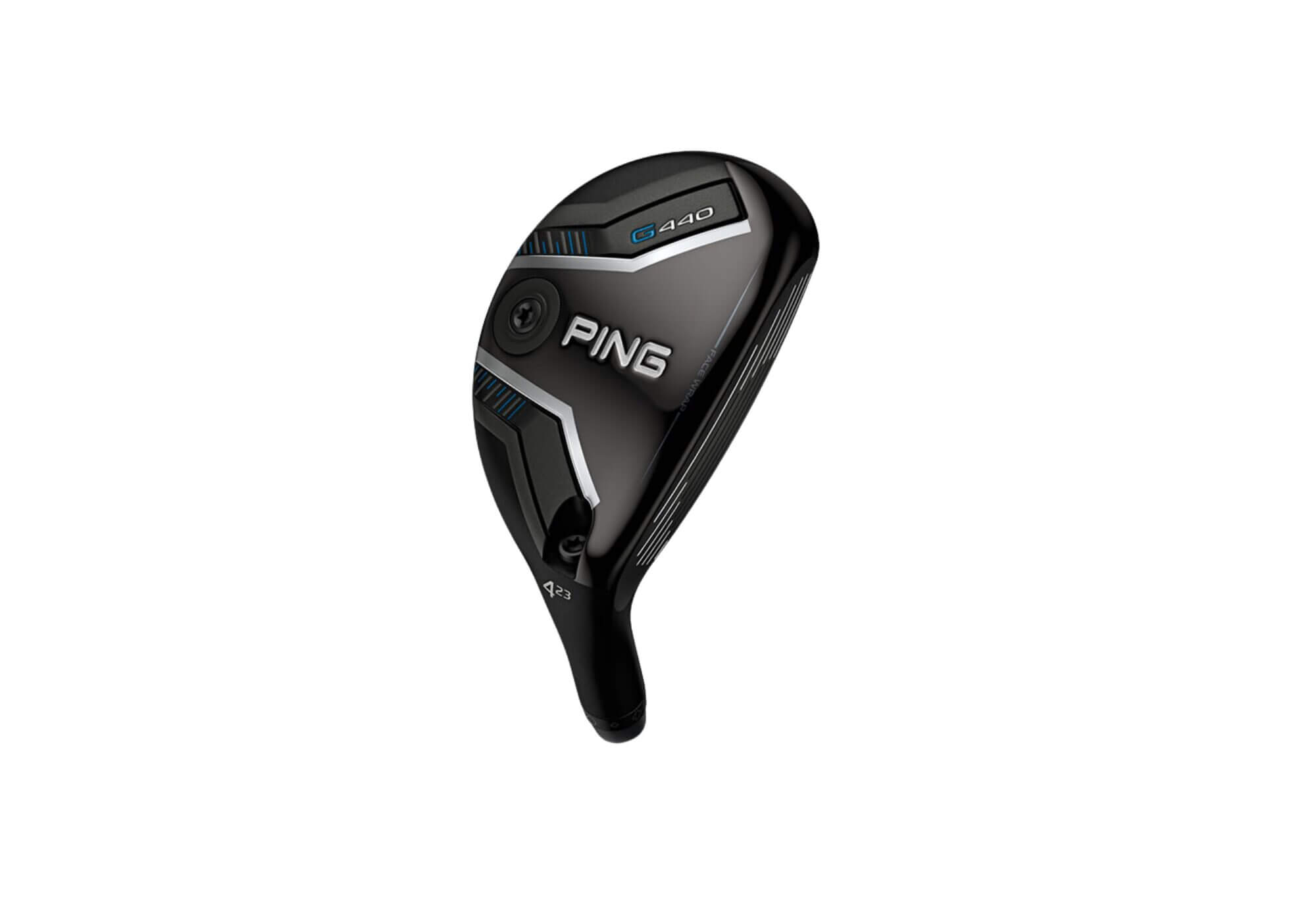
A hybrid is a mix between a wood and an iron. It is used to replace hard-to-hit longer irons like a 3-iron or a 4-iron. It has a compact and curved head with a flat face and is generally easy to hit out of the rough. Many beginners find the hybrid to be one of the easiest clubs to hit.
The most common hybrids are the 4- and 5-hybrids.
- Key trait: Easier to hit high and straight than a long iron, great for hitting out of the rough.
Utility iron (Driving iron)
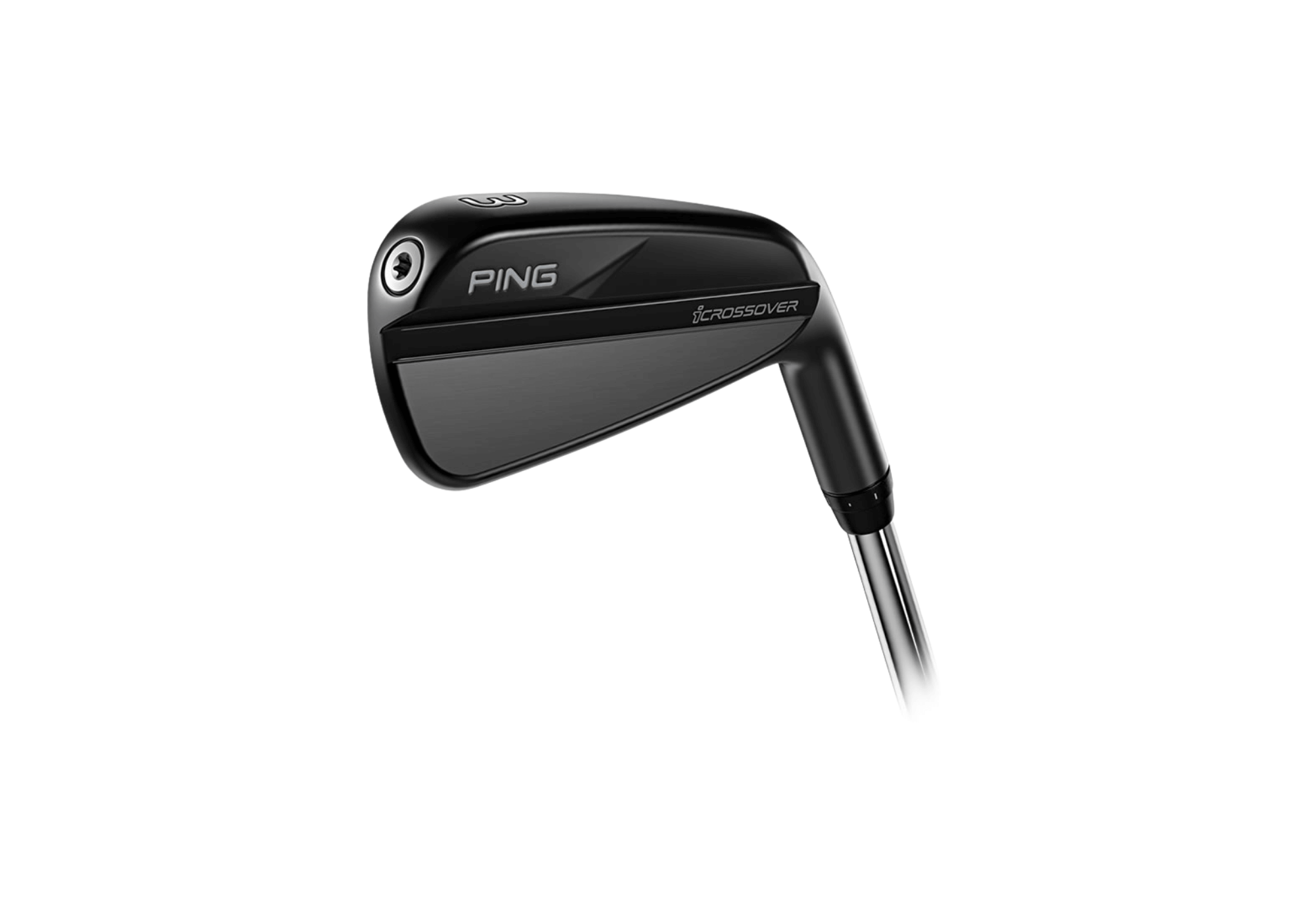
The utility iron, sometimes called a driving iron, is a long iron with a thicker sole. It is an option for golfers seeking to replace fairway woods and hybrids with a club that produces a lower flight and tighter dispersion.
Most of the time, utility irons or driving irons are a better fit for the faster-swining golfer who is looking for a mix of distance and control.
- Key trait: Lower flight than a hybrid. Great for wind or tight tee shots.
Irons

The irons make up the majority of the clubs in your golf bag. Irons are typically numbered 9, 8, 7, 6, 5, 4 and sometimes sets will come with a 3.
The thinner face on the clubs, along with different lengths and lofts, helps players vary the distances they can hit irons. Each iron has a specific role based on the yardage and control players can get with it. Different types of irons, like players, player’s distance and game-improvement, are tailored to various skill levels.
Types of Irons
| Iron Type | Key Traits | Who They’re For |
|---|---|---|
| Players | Compact, low forgiveness, high workability | Low-handicap and pro-level players |
| Players Distance | Blends distance tech with sleek looks | Mid-handicaps who want more length |
| Game Improvement | Larger head, perimeter weighting | Casual players seeking help with height and consistency |
| Super Game Improvement | Wide soles, max forgiveness, high launch | Beginners and high-handicap golfers |
Wedges
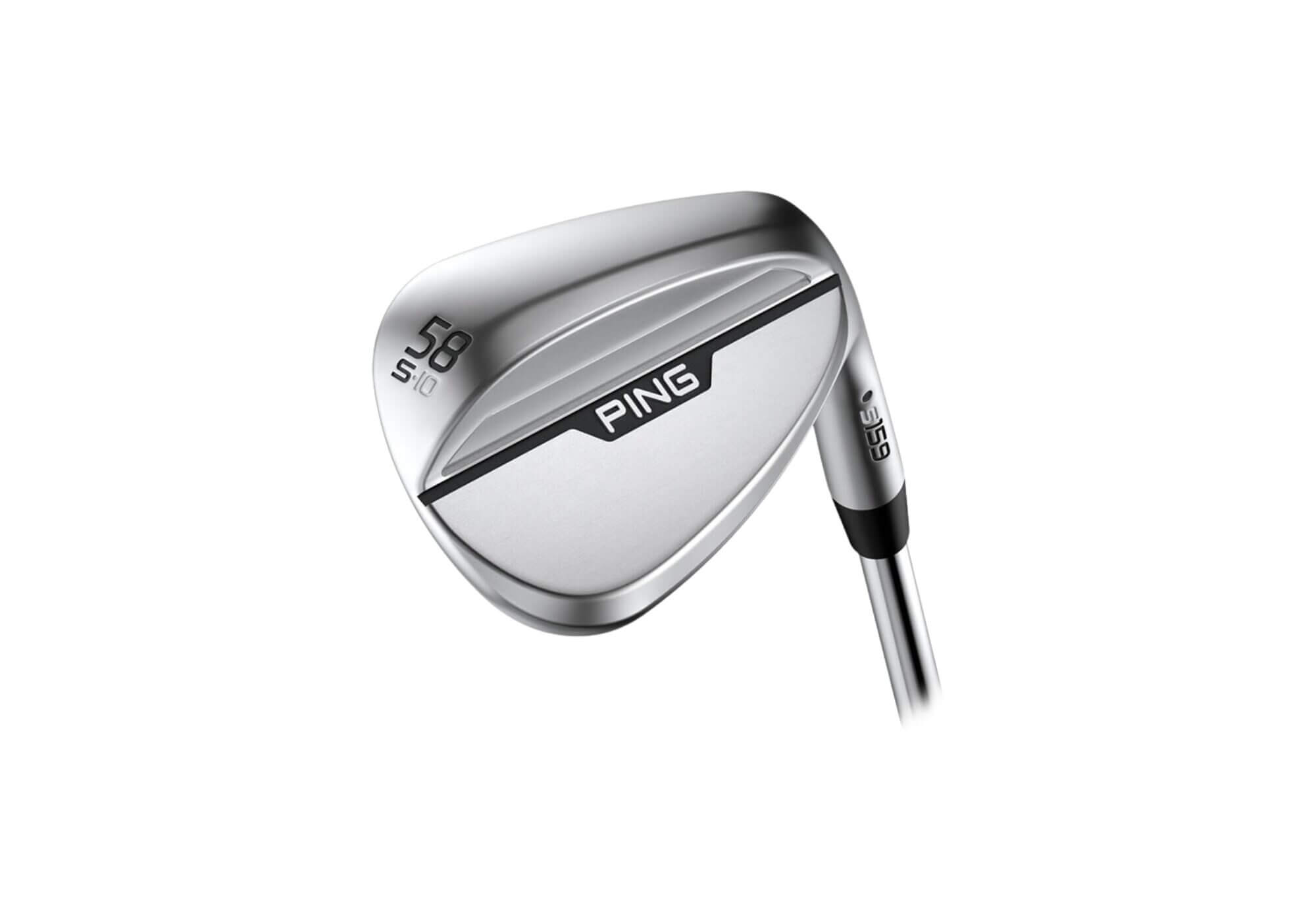
Golf wedges are high-lofted irons used for short shots around the green, out of bunkers and for approach shots inside 100 yards. The smaller clubheads have a heavy sole and very high loft. The wedges are used a lot because most golfers miss greens when they are playing rounds of golf and need a wedge to get the ball on the green.
Types of Wedges
| Wedge Type | Typical Loft | Use Case |
|---|---|---|
| Pitching Wedge (PW) | ~44°–48° | Full swings from 100–130 yards |
| Gap Wedge (GW/AW) | ~50°–54° | Fills the yardage gap between PW and SW |
| Sand Wedge (SW) | ~54°–56° | Bunker shots and short pitches |
| Lob Wedge (LW) | ~58°–60° | High, soft shots with quick stops |
Putter
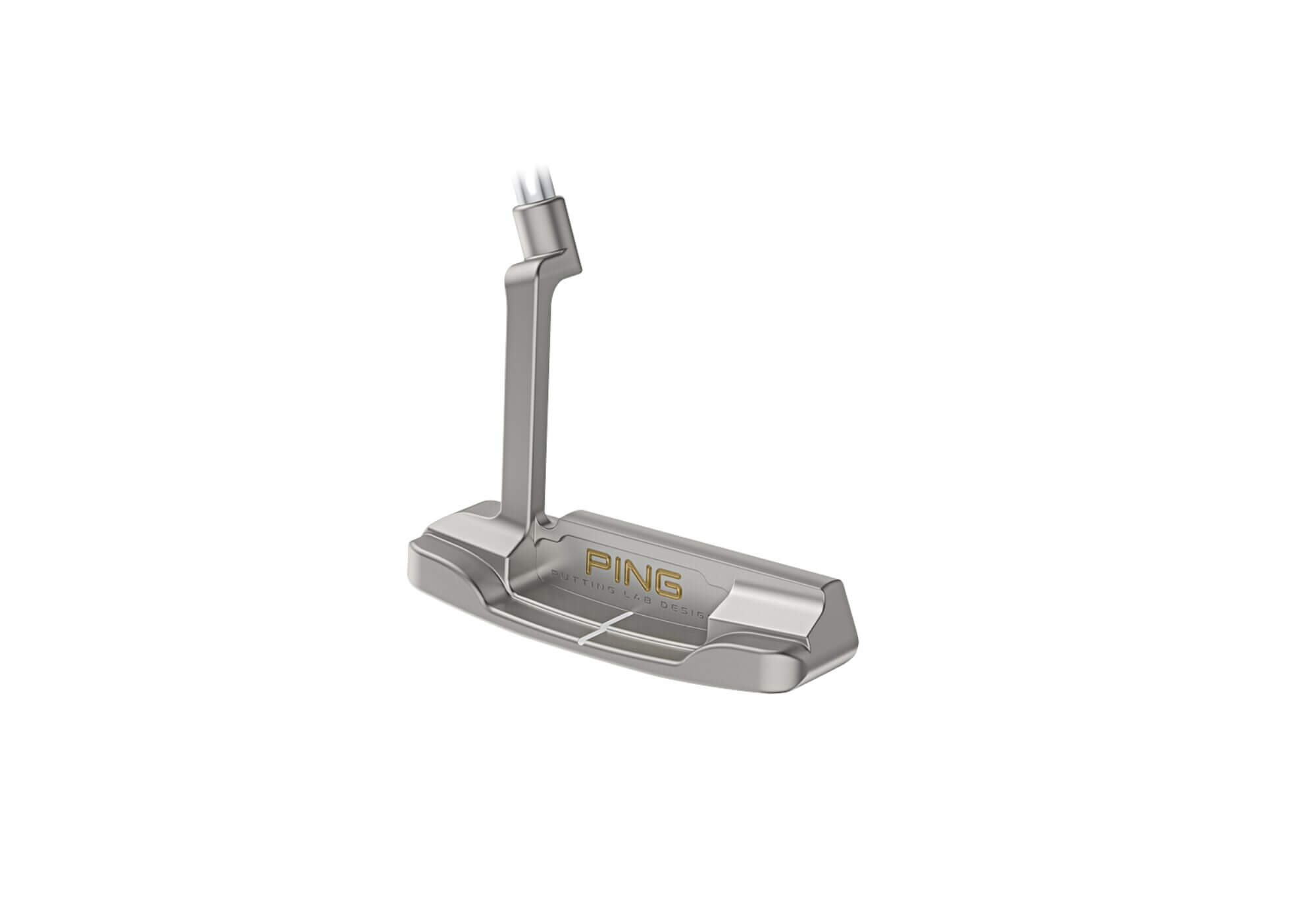
The putter is the club used on the green to roll the ball into the hole. The putter is built for precision, not power. It has minimal loft and is available in blade and mallet styles.
- Key trait: All about feel and distance control for rolling the ball on the green.
What clubs do beginners need?
The Rules of Golf allow 14 clubs in a bag but most beginners don’t need that many. In fact, starting with fewer clubs can make learning the game easier.
Here’s a typical beginner setup:
- Driver – For tee shots on long holes.
- Fairway Wood or Hybrid – Your go-to club when you need distance but want an easier launch.
- 4–5 Irons – Usually 6-iron through 9-iron or even just 7–9 to keep it simple.
- 2 Wedges – A pitching wedge and a sand wedge cover most needs when you are new to the game.
- Putter – The most-used club in your bag.
This setup provides a good balance of distance, forgiveness and simplicity. As you improve, you can add clubs like a gap wedge, lob wedge or even a utility iron, depending on your preferences and skill level.
Final thoughts
As a new player, you’ll have a lot to learn about equipment, golf shafts, manufacturers, set makeups, and more. However, for now, use this information about these golf clubs to become more informed while you learn the basics of the game.
The post Types Of Golf Clubs Explained (A Beginners Guide) appeared first on MyGolfSpy.


